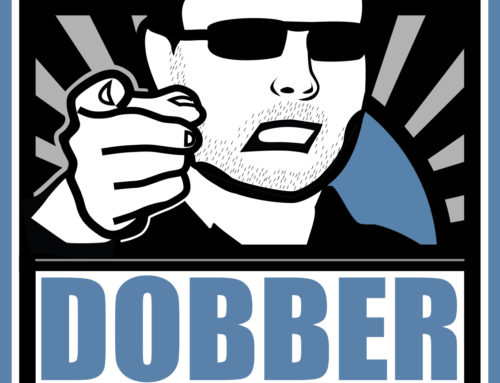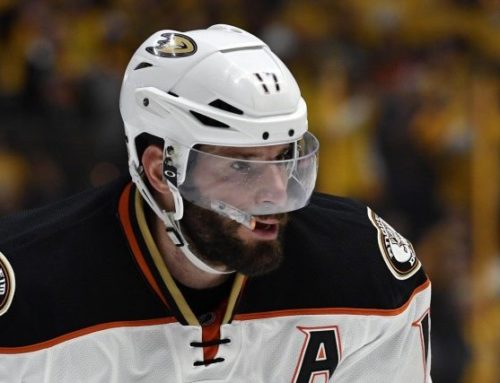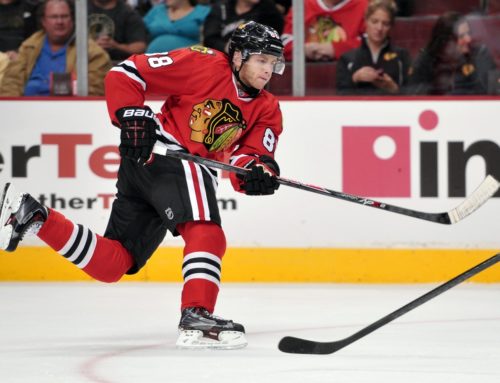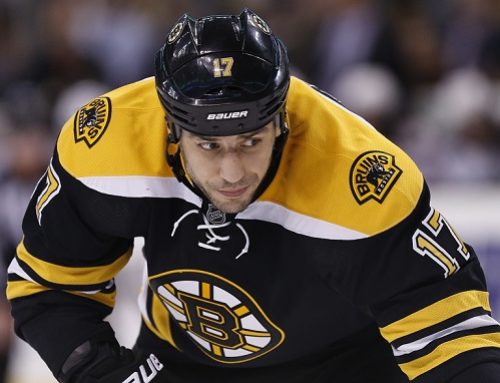
Technology has forced poolies to step up the immediacy of their game – especially near the trade deadline.
While a number of NHL teams are still trying to decide if they'll be buyers or sellers this year, there will undoubtedly be at least a handful of trades in the next week that'll have some sort of fantasy impact. As much as each deal will need to be evaluated on an individual basis, there is something you should already have on your mind as we get down to crunch time.
Thanks to Twitter and advanced mobile technology, we've seen the percentage of people in each league who are aware of NHL roster moves virtually as they happen grow by leaps and bounds. Hell, sometimes we find out about trades before the players themselves do.
While there will always be a certain number of troglodyte owners in fantasy sports, the technological developments in the past handful of years generally mean you're being forced into making roster decisions much more quickly than ever.
When you hear that alert sound on your phone in the coming week, chances are pretty good at least a few other owners in your league will be getting that trade news at the exact same time. While it'd make for a perfect "which cell service do you rely on?" ad targeted toward we of the fantasy geek variety, it's at that exact moment where it could be make or break for you and your team.
Going through your head will be the automatic thought process every poolie would consider. Who will the traded player skate with on the new team? What sort of trickle down impact will that have in the new lineup? Conversely, how will the deal affect the old team and who might stand to benefit from that move? It's all the necessary procedural info you need to read and react to the situation.
But do you know which one simple thing can save you precious time in a situation where minutes or even seconds could be the difference between you snagging that free agent or your competition netting him?
The one-drop rule.
One way to ensure a smoother, stress-free thought process for you ahead of any potential moment of indecision is to always – at any time of the season, but especially near the trade deadline – have a roster player in the back of your mind who would be the first guy you'd punt in the right situation. Around a decade ago when I was with ESPN I used to call this the "one-drop" rule, which is to say that you'll always have that one player identified in your head as the guy who'll go when the next upgrade comes along.
It might be a treat of the weeker who's usefulness has run its course because his L1 assignment has dried up thanks to a star player's return from injury.
Maybe it'll be Patric Hornqvist before his next month-long pointless streak happens. Sorry. Couldn't resist.
Perhaps your team has been ripe with injuries and with limited IR space, you've been forced into storing one or two on the bench. If that's the case, you just triage the patients and cut the one who'll seemingly net you the least value compared with his potential free agent replacement.
Or maybe your one-drop will just be a guy with whom you've tried to be patient all season and it's finally time just to cut bait and go with another choice for the stretch run. There comes a point where you just have to say enough is enough.
Regardless, there will always be a weakest link on your squad, comparatively speaking. Know who he is at all times and you can save yourself those critical minutes that could otherwise, if you were hemming and hawing, end up costing you the freshly-traded meat.
Short. Simple. To the point.
There are a myriad of factors that will go into determining whether or not the traded players will have success in their new homes. The truth is that no matter how much info we have or how smart we think we are, so much of fantasy sports is beyond our control.
So take a minute, as we go into the final week before the deadline, to stop and consider who your one-drop player would be in the right situation.
It could be the difference in a close race.





 SEA
SEA CHI
CHI OTT
OTT EDM
EDM DAL
DAL STL
STL FLA
FLA CBJ
CBJ L.A
L.A ANA
ANA
